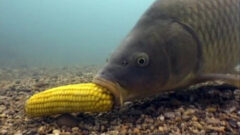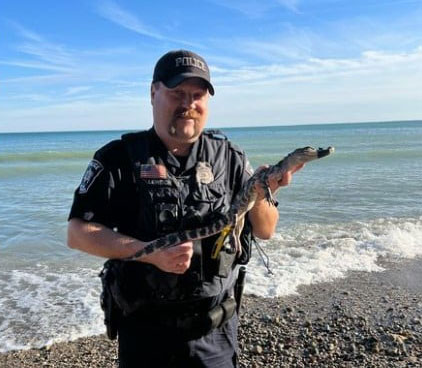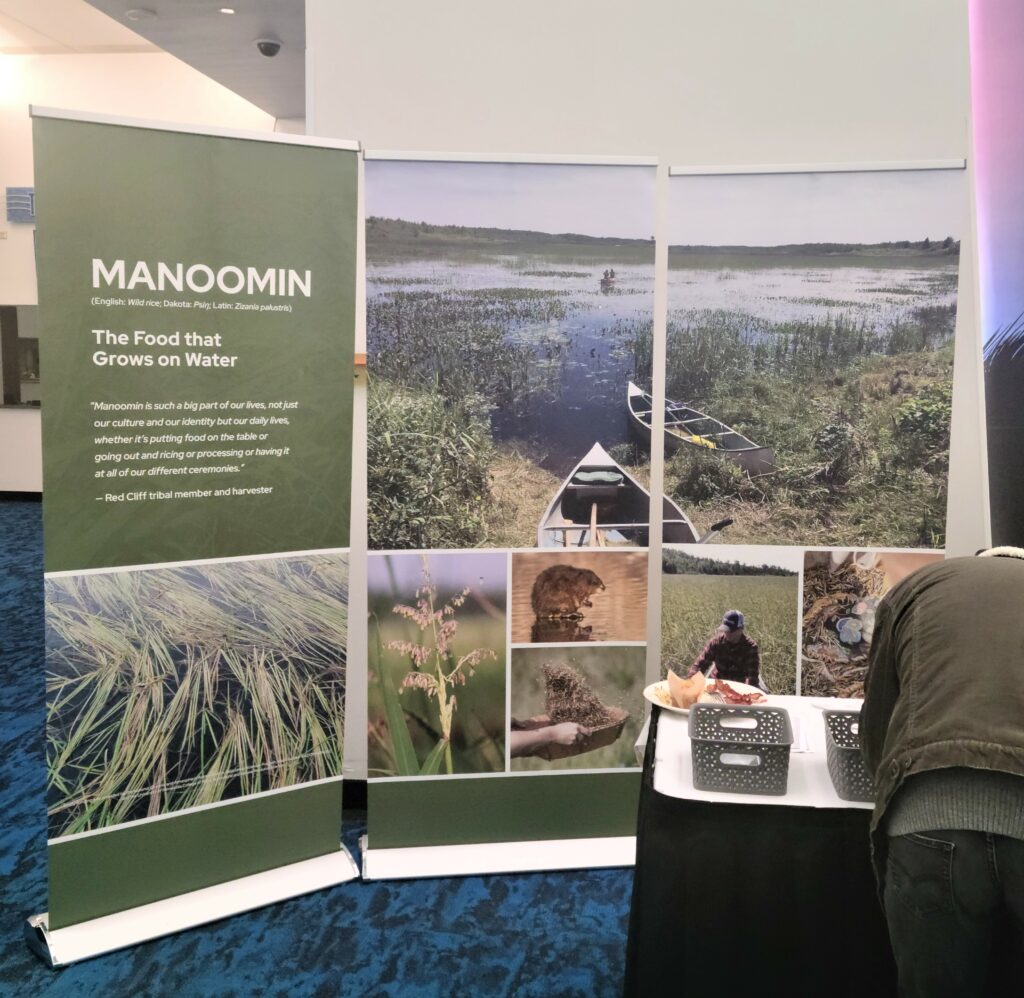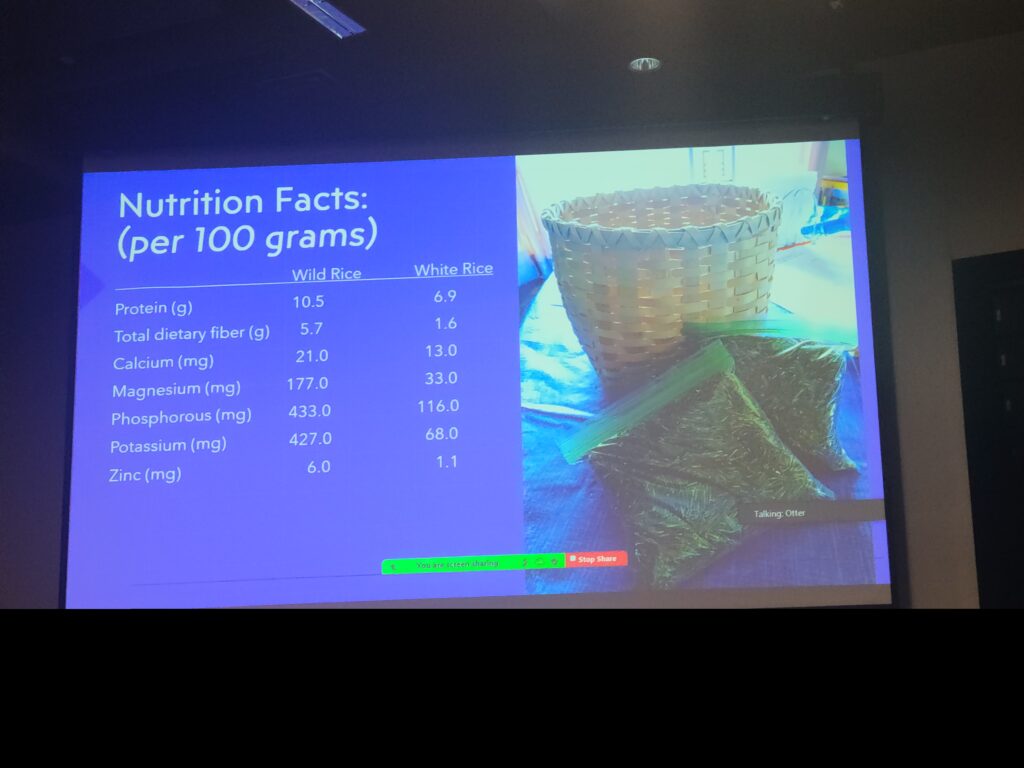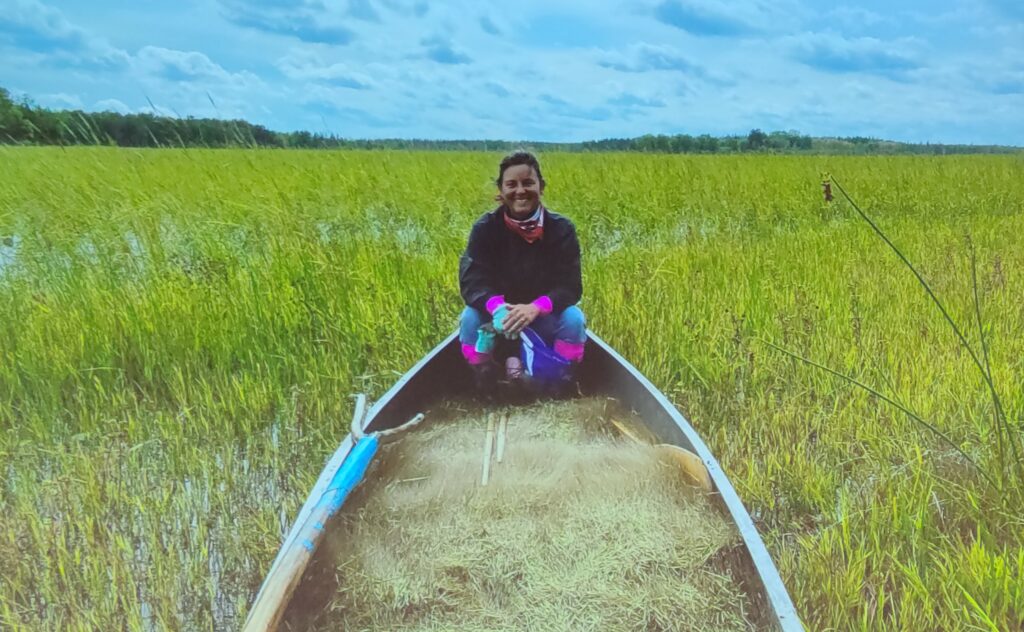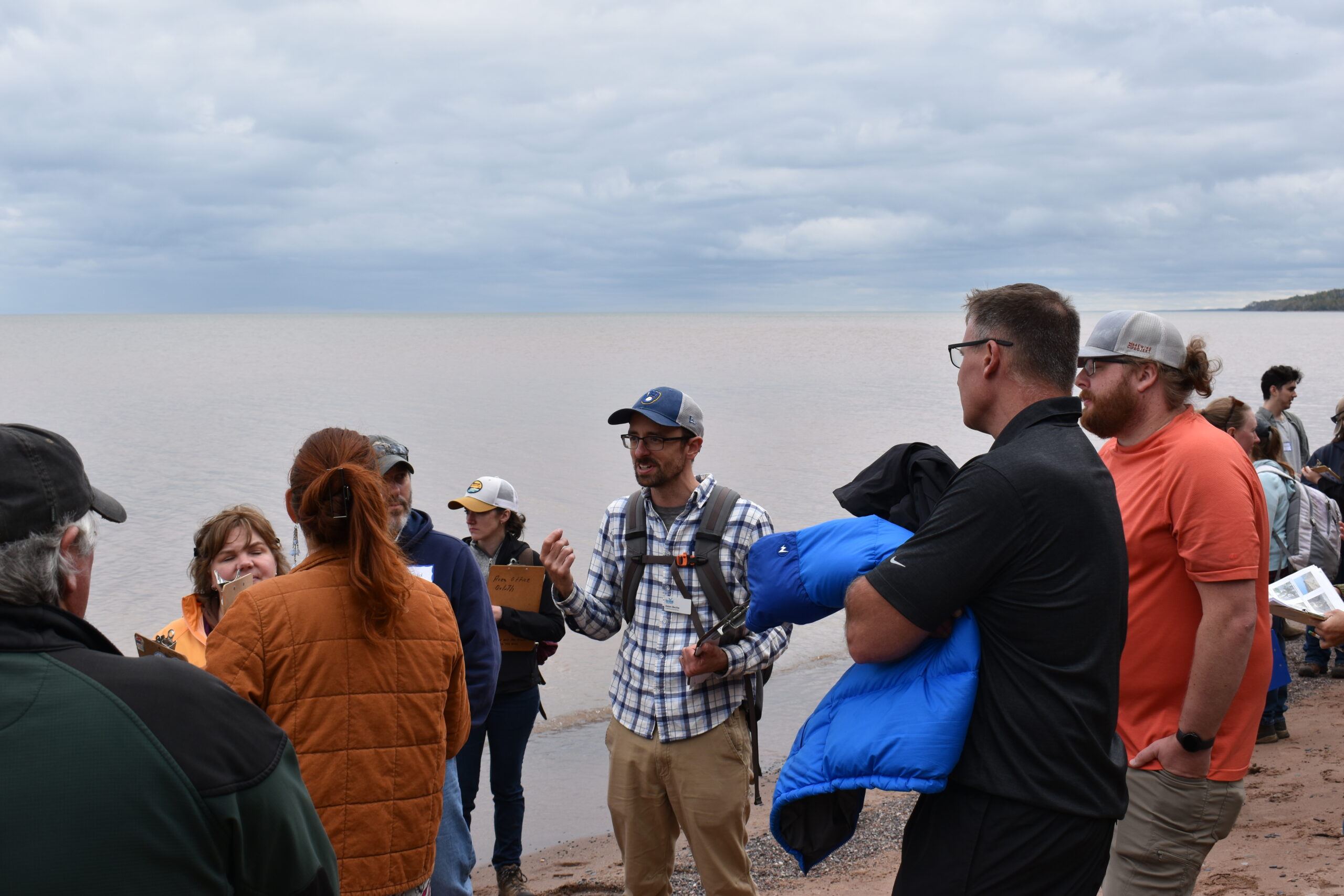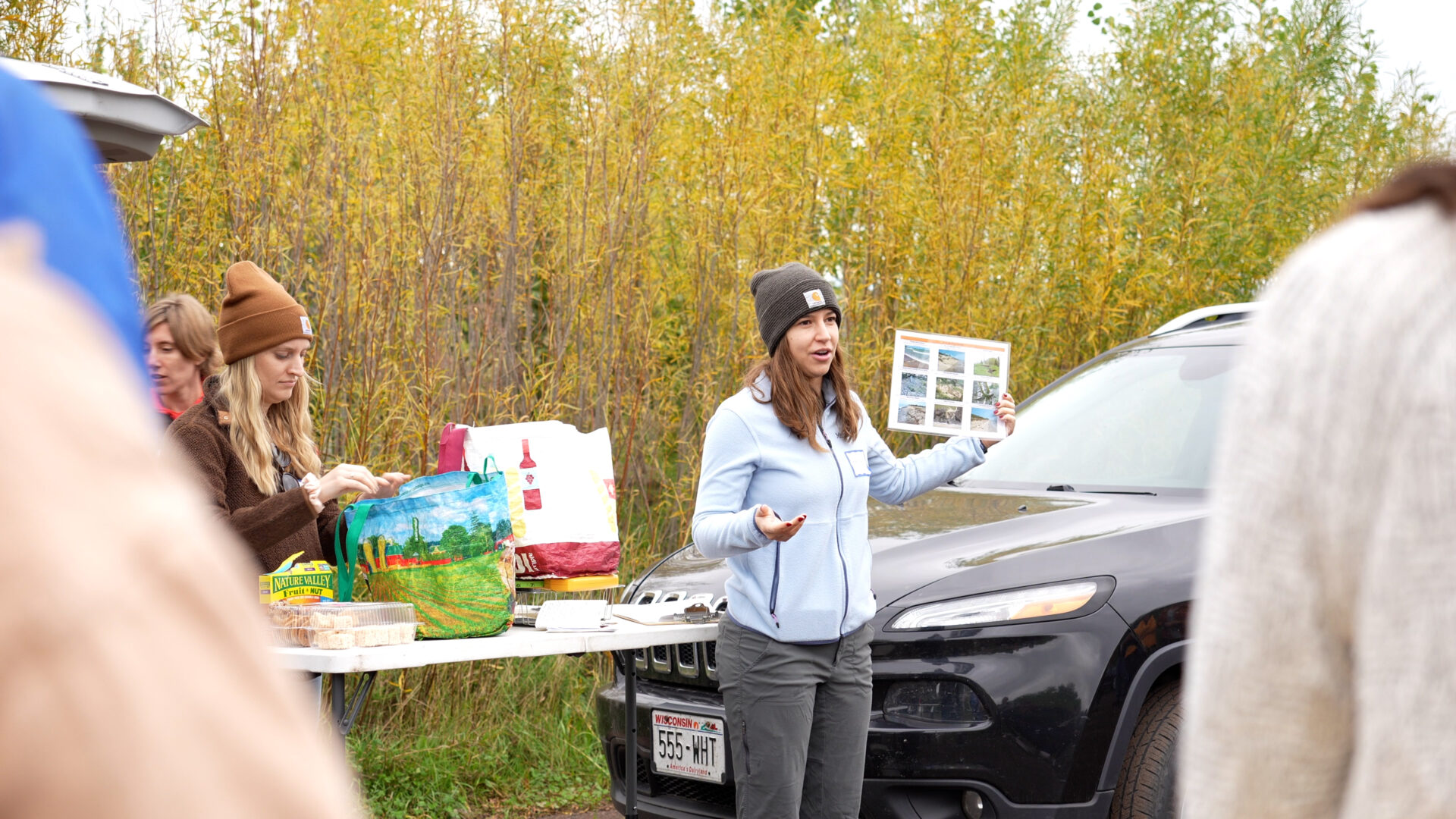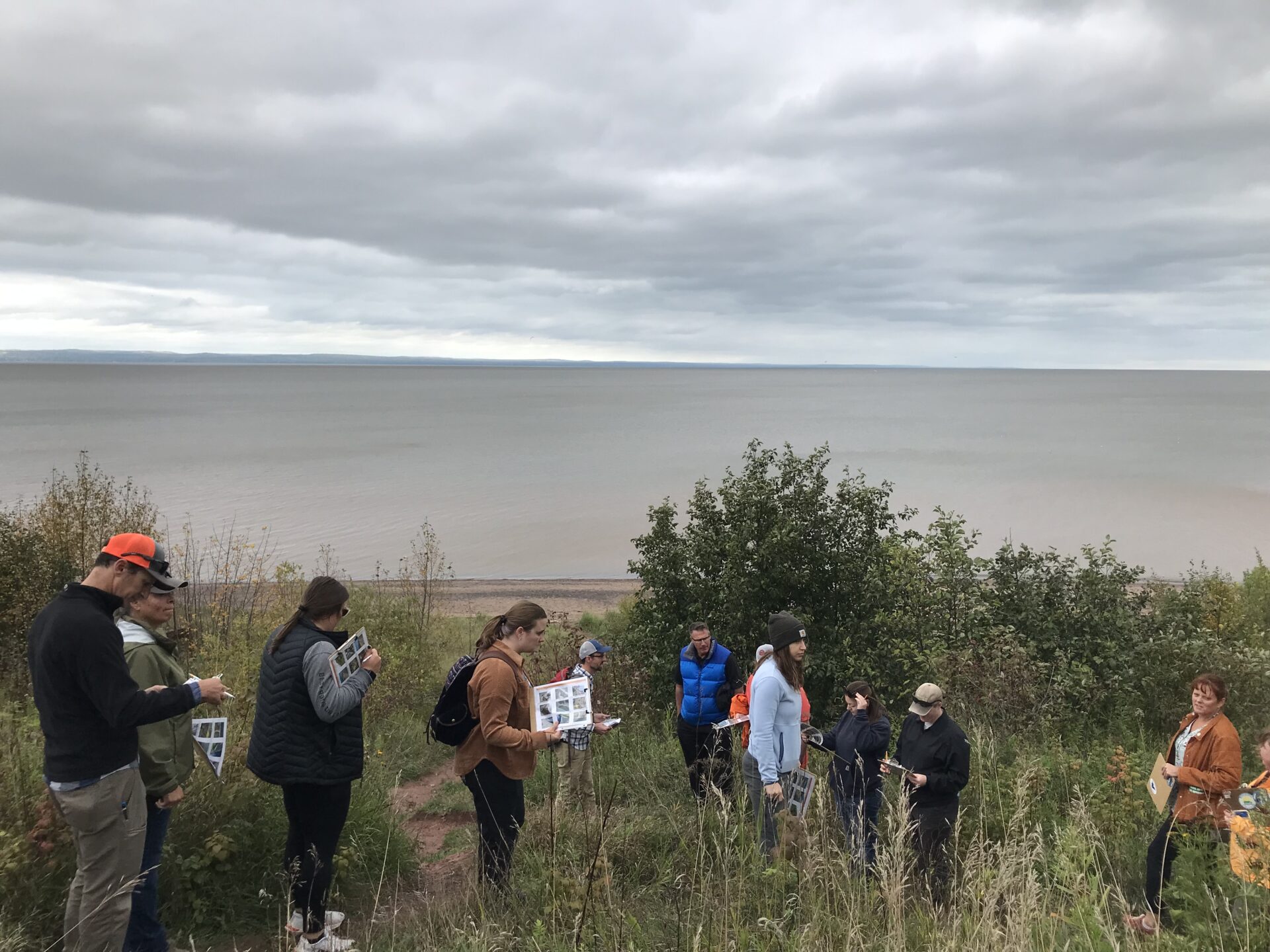‘Little Red Riding Hood syndrome:’ Wolf controversy in the UP
The state’s Natural Resources Commission wants to know more before deciding whether to allow the hunting of wolves – if Michigan’s largest predator is taken off the federal endangered species list.
They are one of the most controversial animals in the state, according to Brian Roell, a Department of Natural Resources wildlife biologist.
The post ‘Little Red Riding Hood syndrome:’ Wolf controversy in the UP first appeared on Great Lakes Echo.Great Lakes Echo
http://greatlakesecho.org/2023/11/20/little-red-riding-hood-syndrome-wolf-controversy-in-the-up/

